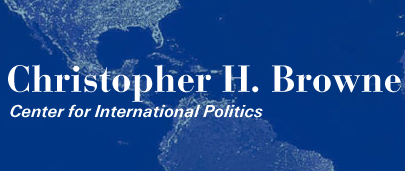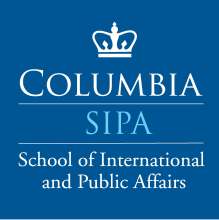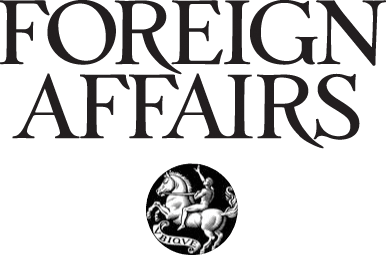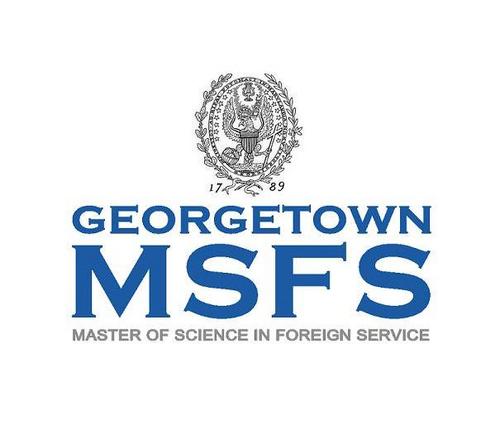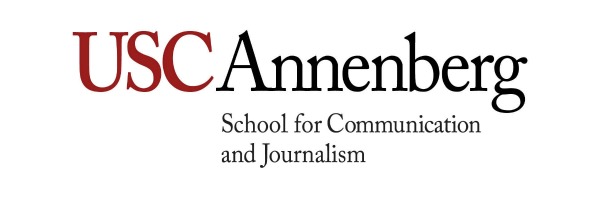By Daniel Loud
One debate that has gained prominence within the United States (and rightfully so) is the debate over China’s true intentions on the international stage. China’s rapid economic growth over the past two decades has given it the power necessary to more effectively project its influence, and hence the United States must discern whether the emergence of a potential great power should be a cause for concern.
Determining Chinese intentions is a particularly difficult subject, as Chinese words and actions are often contradictory; “President Xi Jinping… while saying that he is committed to reform…has mainly seemed repressive internally and aggressive externally”[1]. One could certainly point to instances that suggest Chinese ambitions toward East Asian supremacy (such as the fortification of several Pacific islands and the proposed creation of the Asian Infrastructure Investment Bank) and others that may even suggest desires for a wider sphere of influence (such as stated intentions of constructing several aircraft carriers, which are essential for projecting military strength across oceans). While Chinese intentions are very difficult to determine, the U.S. must prepare for the possibility of a Chinese play for dominance while at the same time not acting too aggressively so as to provoke China into an unintended contest for dominance.
I would argue that America’s best option for a policy that counteracts Chinese ambitions while not being too provocative is one of dramatically increased cooperation with India. India, with the second largest population in the world and what the IMF has predicted to be the world’s fastest growing economy in 2016[2], is the only Asian state with the true potential to challenge China.
While it is unlikely that India will gain economic parity with China for many more years, if at all, it has the tools at its disposal to be a potential challenger, and therefore could be very important in future strategic calculations for China. Increased interaction with India, aimed at stimulating further and faster Indian growth, could force China to make these considerations sooner, ideally before it challenges the United States (if, in fact, it plans to ever do so).
While aspects of military cooperation between the U.S. and India are certainly possible and may be seen as desirable, this may cause greater fears within China for its own security, and therefore could provoke a contest between China and the United States that would not otherwise be necessary. Instead, I would argue that increased interaction between the American and Indian economies is most important. Greater economic interaction with India would provide several strategic advantages for the United States.
First, as I stated earlier, it would quicken India’s economic growth to a point where it could challenge China. This will force China to deal with the Indian question, primarily as it relates to dominance of Asia, before it turns to its own possible ambitions toward the United States.
Second, increased Indian exports to the United States may weaken the grip of Chinese exports on the American economy, giving China less leverage over the Untied States in future interactions.
Finally, the Indian challenge to China will surely be more credible than the Japanese challenge. India, as I stated earlier, has much more potential to gain parity with China due to its population, economic growth, and possession of nuclear weapons as a deterrent to Chinese aggression; all of which are advantages Japan does not have. Additionally, the existence of a nuclear deterrent on both sides of the Sino-Indian rivalry will in all likelihood prevent war from breaking out between the two states, creating a more stable diversion for China from its ambitions toward the United States.
In the face of China’s eventual surpassing of the U.S. economy and an apparently more aggressive foreign policy, one may be concerned that America’s role as essentially a global hegemon has an expiration date. However, the Indian solution addresses a simple reality of hegemony, and if successful ensures that a Chinese challenge to American hegemony will not arise.
In The Tragedy of Great Power Politics, John Mearsheimer explains that, in a nuclear world, the closest a state can come to being a global hegemon is to gain status as a regional hegemon with no hegemons existing in other regions of the world[3]. Therefore, it would stand to reason that the best hope for the United States to avoid a Chinese challenge is to prevent China from gaining regional hegemony in East Asia.
As long as a credible threat exists to Chinese dominance, China will never gain this status. Conversely, if India were ever to gain the upper hand China would then present a credible challenge to Indian dominance, kept stable by nuclear deterrents on both sides. Therefore, the policy toward India that I have suggested would greatly diminish the possibility of a serious challenge from China in the foreseeable future.
Such a policy addresses the possibility of China eventually threatening American interests, but does not involve a directly aggressive approach toward an important trading partner whose intentions are not yet certain. I believe that a policy such as this would be a very necessary mix of long-term thinking with political moderation. While the U.S. grapples with the complicated task of discerning Chinese intentions and predicting Chinese behavior, the Indian solution will allow for some peace of mind for years to come.
Daniel Loud is a sophomore at the University of Pennsylvania.
[1] James Fallows, “Just How Great a Threat is China?” The Atlantic, June 4, 2015, http://www.theatlantic.com/international/archive/2015/06/about-the-china-threat-on-the-the-35th-of-may/394988/
[2] Vinay Pandey, “IMF Expects India to Retain World’s Fastest Growing Economy Tag,” The Economic Times, October 7, 2015, http://economictimes.indiatimes.com/news/economy/indicators/imf-expects-india-to-retain-worlds-fastest-growing-economy-tag/articleshow/49245651.cms
[3] John Mearsheimer, The Tragedy of Great Power Politics (New York: Norton, 2001), 29-54.






